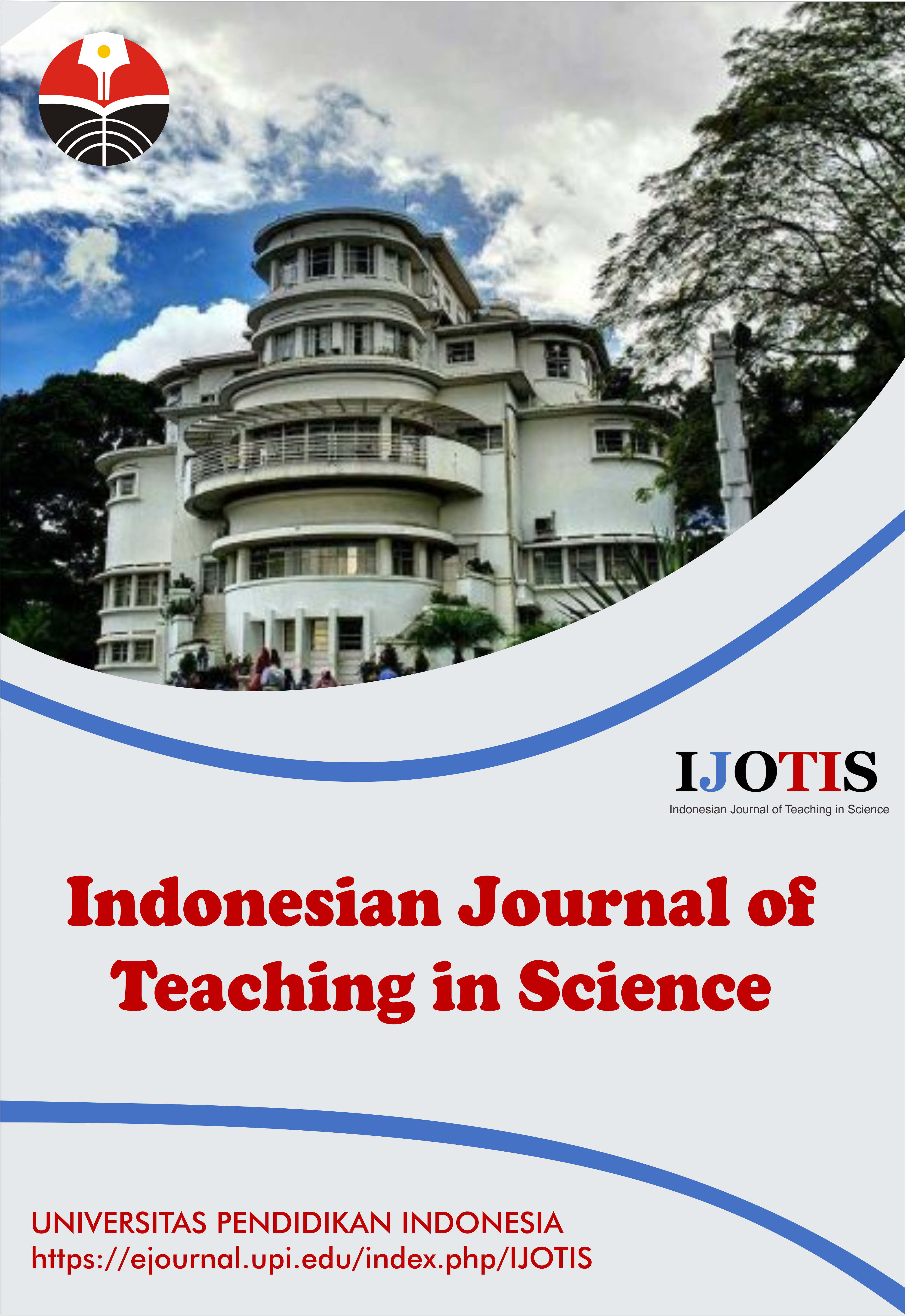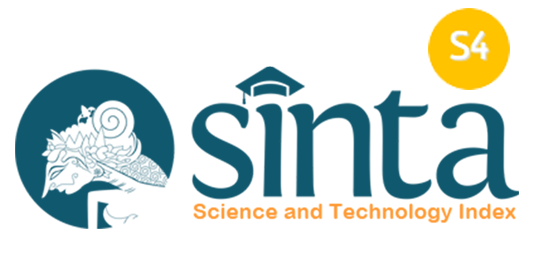Formation of a Paradigm for Designing Cyber-Physical Systems: Educational Perspective
Abstract
Keywords
Full Text:
PDFReferences
Al Husaeni, D. F., and Nandiyanto, A. B. D. (2022). Mapping visualization analysis of computer science research data in 2017-2021 on the google scholar database with vosviewer. International Journal of Informatics Information System and Computer Engineering (INJIISCOM), 3(1), 1-18.
Glushchenko, V. V. (1990). Functional-decompositional representation of complex technological systems. Soviet Journal of Computer and Systems Sciencesthis, 28(6), 134-136.
Glushchenko, V. V. (2021a). Forecasting the directions of modern-ization of economic sectors and regions of the country during the development of the eighth technological order. International Journal of Engineering Science Technologies, 5(6), 23-42.
Glushchenko, V. V. (2021b). Synthesis of effective ideas of innovative projects during the development of the eighth technological order. International Journal of Engineering Science Technologies, 5(5), 99-118.
Glushchenko, V. V. (2021c). The development of neurotechnologies in the period of the sixth technological order. International Journal of Engineering Science Technologies, 5(2), 45-57.
Glushchenko, V. V. (2022a). Ergo design of mentoring in the national ecosystem of vocational education in the period of the 10th technological order. Indonesian Journal of Educational Research and Technology, 2(3), 223-236.
Glushchenko V. V. (2022b). The concept of project activity of organizations in the period of the 9th technological order. The Scientific Heritage, 4(83), 24-34.
Glushchenko, V. V. (2023a). The scientific and practical significance of the paradigm of the development of scientific support of the 10th technological order in the world economy. ASEAN Journal of Science and Engineering Education, 3(3), 245-264.
Glushchenko, V. V. (2023b). Development of the design thinking paradigm in the context of the transition to a new technological order. Indonesian Journal of Multidiciplinary Research, 3(1), 117-130.
Gustap, N. N. (2012). European technology platforms: Concept, story of creation, characteristics. Izvestiya Tomskogo Politekhnicheskogo Universiteta, 321(6), 56-59.
Husnah, A. U., Hidayat, M. A., and Jannah, M. (2021). The journey of a math: As a mathematics learning innovation. Indonesian Journal of Multidiciplinary Research, 1(1), 129-136.
Kataev, M. Y., Bulysheva, L. A., Emelyanenko, A. A., and Emelyanenko, V. A. (2013). Enterprise systems in Russia: 1992–2012. Enterprise Information Systems, 7(2), 169-186.
Magayanes, S. Q. (2022). Daraga human resource development center: Creating changes and conquering challenges. ASEAN Journal of Educational Research and Technology, 1(1), 17-38
Nuhu, K. M., and Onojah, A. O. (2022). Effect of webinar multimedia platform on students’ academic performance in selected educational technology concepts in University of Ilorin. Indonesian Journal of Multidiciplinary Research, 2(1), 9-20.
Nurdini, A., and Hadianto, N. F. (2018). Conformity of vertical public housing's performance with resilience agenda in Bandung metropolitan area. Indonesian Journal of Science and Technology, 3(1), 53-63.
Shah. S. S. (2022). Teaching and learning with technology: Effectiveness of ICT integration in schools. Indonesian Journal of Educational Research and Technology, 2(2), 133-140.
Solihat, M., and Pratami, F. P. (2021). Cyber pr technology to build brand awareness. International Journal of Research and Applied Technology (INJURATECH), 1(1), 76-83.
Zykin, S. A., and Kataeva, M. I. (2018). Development of an automated process control system at an enterprise. Perm National Research Polytechnic University, 1, 139-140.
DOI: https://doi.org/10.17509/ijotis.v3i2.56039
Refbacks
- There are currently no refbacks.
Copyright (c) 2023 Universitas Pendidikan Indonesia

This work is licensed under a Creative Commons Attribution-ShareAlike 4.0 International License.
Indonesian Journal of Teaching in Science (IJoTIS) is published by Universitas Pendidikan Indonesia (UPI)
 Indonesian Journal of Teaching in Science
Indonesian Journal of Teaching in Science



